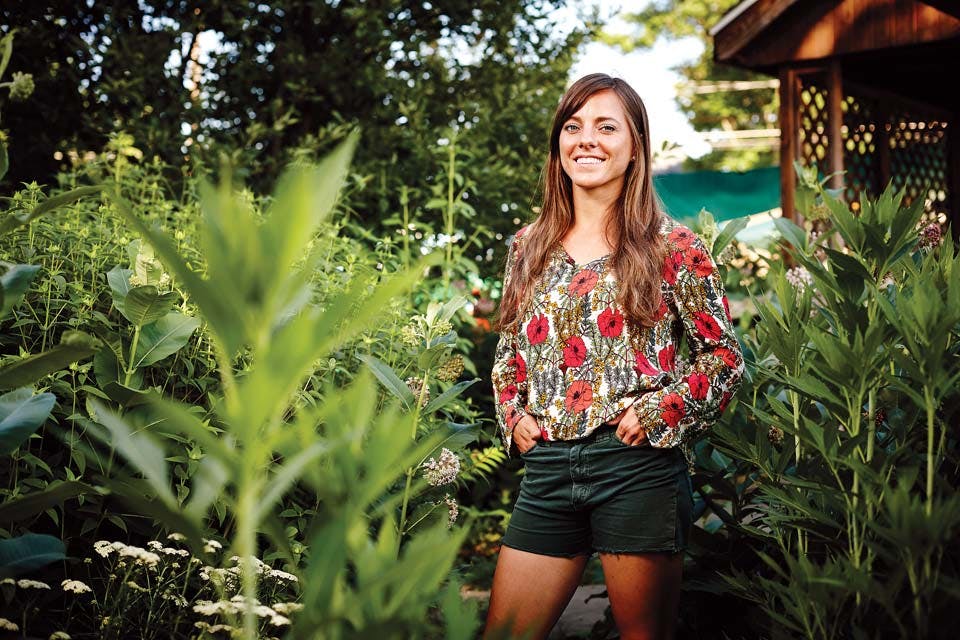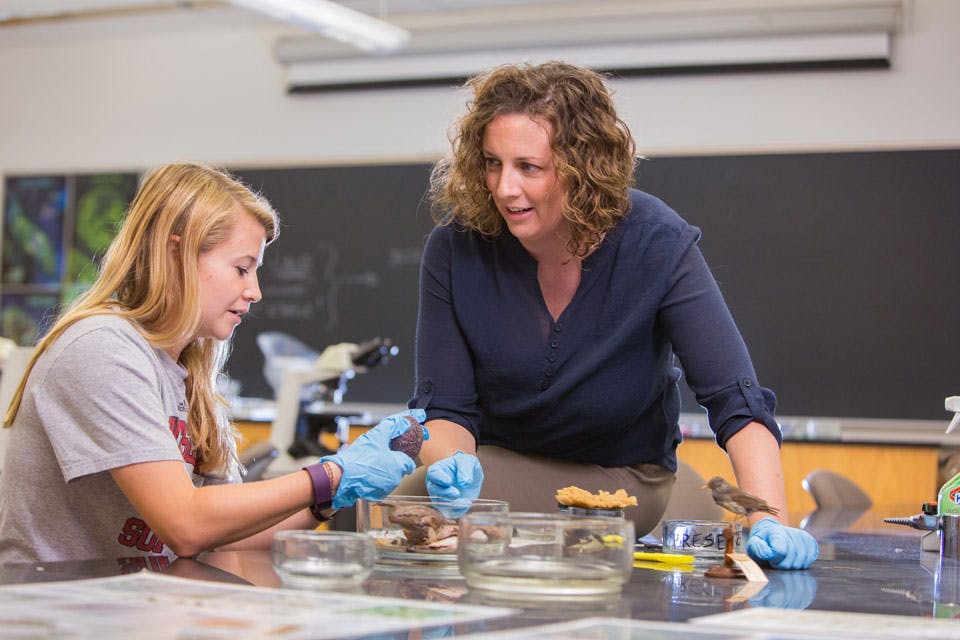Ohio Life
Beyond the Grade
These Ohio high school educators are focused on something much bigger than the next project or assignment.
Related Articles

The Garden that is Reshaping Mealtimes in Columbus’ Hilltop Neighborhood
Jazmyn Benjamin teaches kids in Columbus’ Hilltop neighborhood how to grow fruits and vegetables. On a nearly half-acre parcel of land, she’s helping shape their family mealtimes and their futures. READ MORE >>
.jpg?sfvrsn=55f5ab38_4&w=960&auto=compress%2cformat)
Dr. James K. Bissell Nature Center, Rock Creek
The Nature Conservancy's Ashtabula County nature center provides an opportunity to learn about the 2,000-acre Morgan Swamp Preserve it calls home. READ MORE >>

Excellence in Education 2016
Ohio Magazine recognizes outstanding teachers at colleges and universities across the state. READ MORE >>

